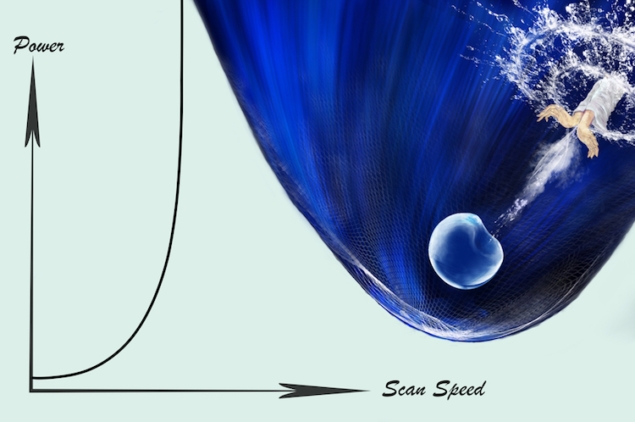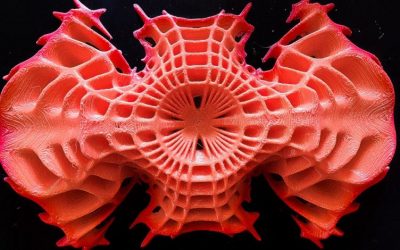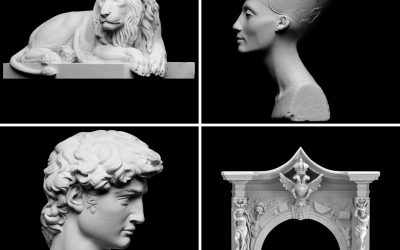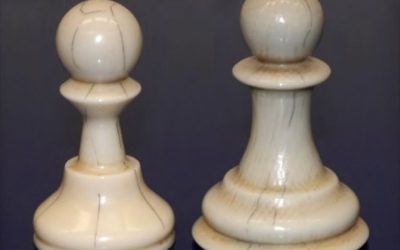Artwork showing the boundary and origin of keyhole porosity. Credit: Ye Feng and Cang Zhao, Tsinghua University 3D printing techniques are transforming many areas of manufacturing.
.
One such technique, laser powder bed fusion (LPBF), is particularly attractive because it can be used to make complex metal parts that would be difficult or impossible to manufacture conventionally. However, it suffers from a major drawback in the form of tiny voids that weaken and degrade the metal. Researchers in the US and China have now identified how these voids are generated, and how they become trapped as the metal solidifies – findings that could help manufacturers find ways to control them, and thereby improve 3D metal-printing processes. In LPBF, a high-power laser, guided by a digital computer-aided design and drafting model, is scanned across a thin layer of metal powder. The heat from the laser melts the metal powder in localized regions and fuses it to the layer of metal directly underneath. While this process is highly versatile and fairly speedy, the objects it creates are often riddled with microscopic, vapour-filled pores that drastically limit the material’s toughness and fatigue resistance. “Keyhole” structures When a high-power laser boils molten metal, it […]
Artist Ioan Florea launches first 3D printed NFT art collection
The first 3D Printed Tactile Art collection by Ioan Florea is composed of interactive GLB digital files with...





0 Comments